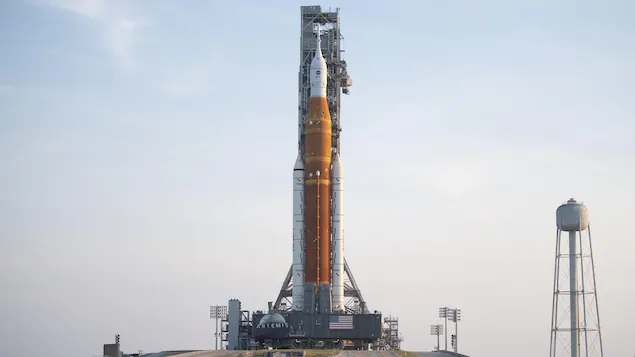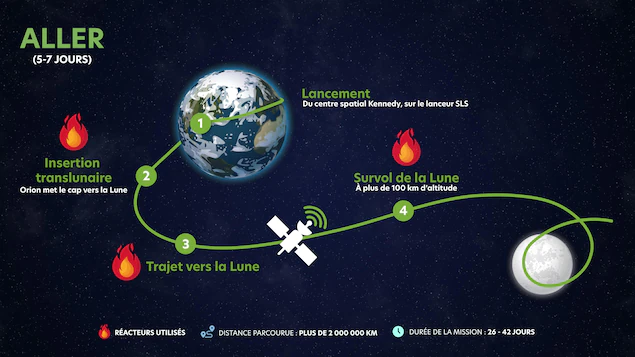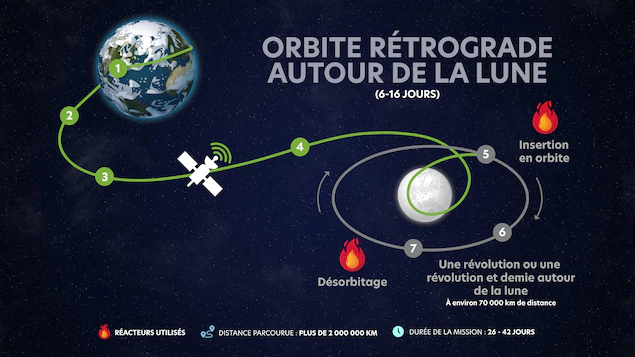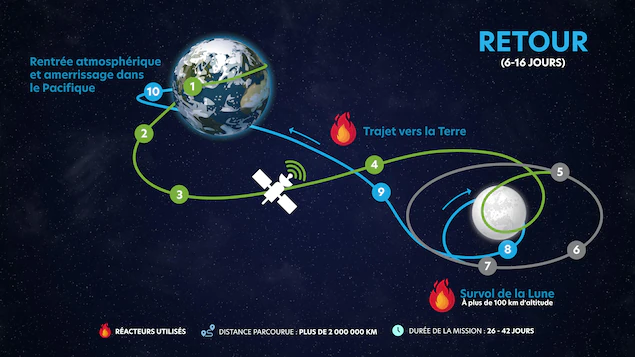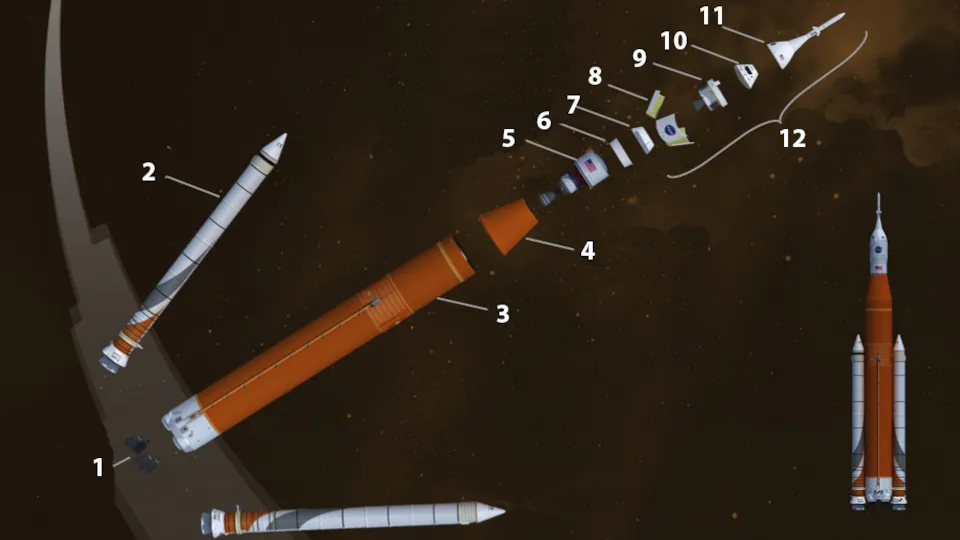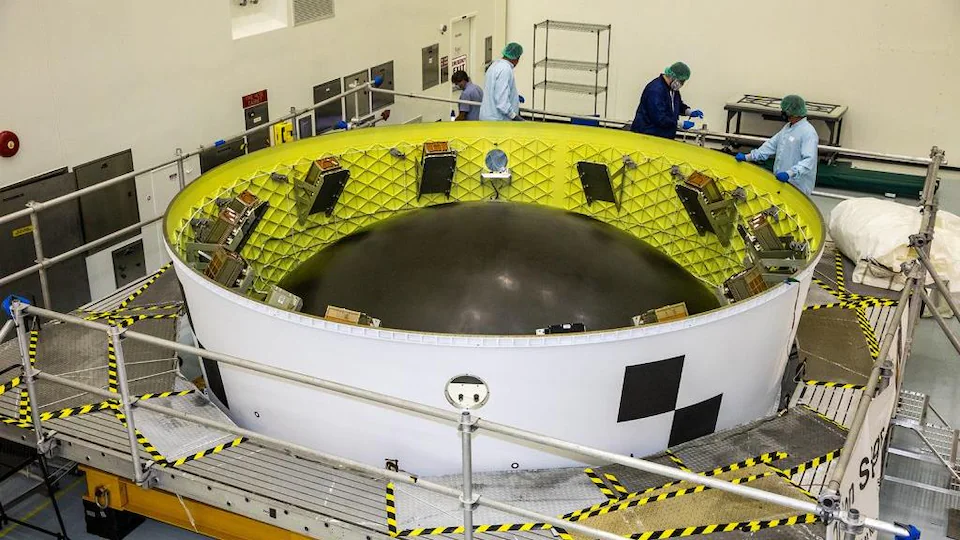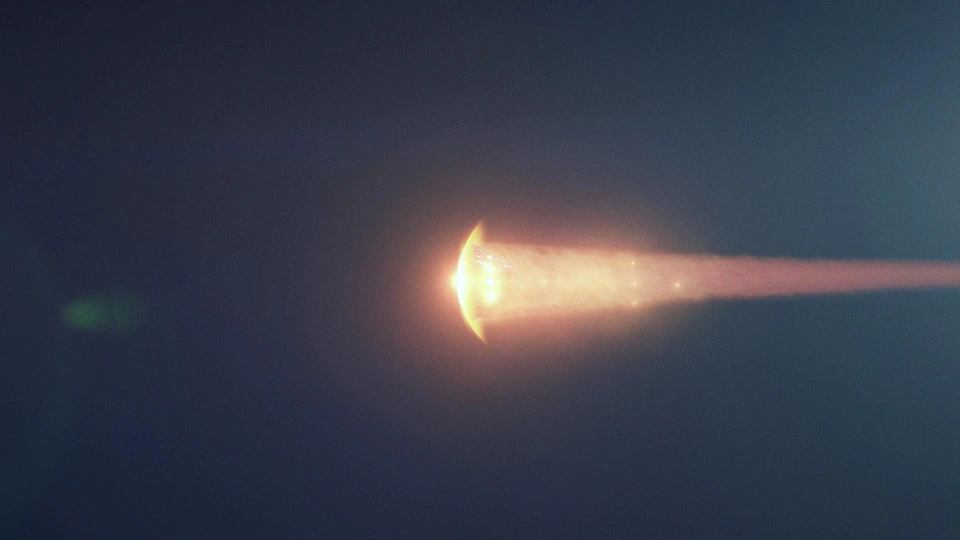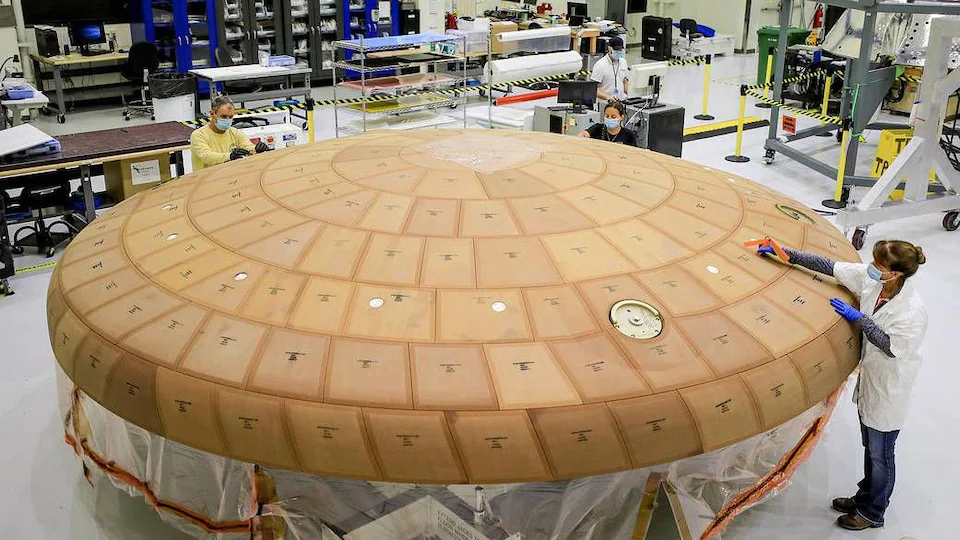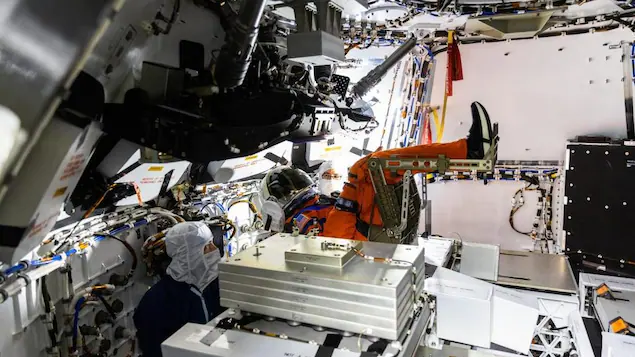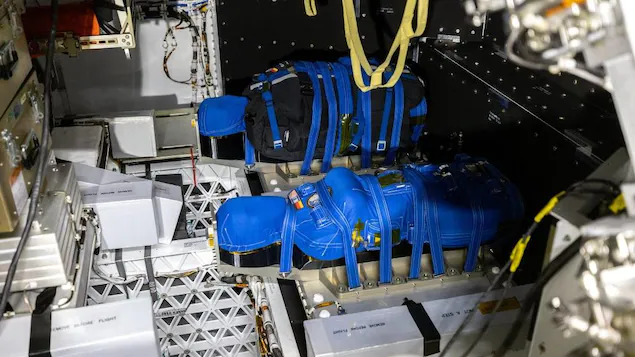The two-hour launch window opens at 8:33 a.m. (EDT), and on the eve of departure, weather conditions were 70% favourable.
This first flight will take place without astronauts, but it will test all new elements of the US lunar program, including the SLS rocket (space launch system) and the ship Orion.
A crew will participate in the Artemis II mission scheduled for May 2024, in which a Canadian astronaut will participate.
The mission will follow a path similar to that of Apollo 8, the first manned spacecraft to leave low Earth orbit and reach lunar orbit in December 1968.
However, Orion will travel tens of thousands of miles beyond the moon, farther than any manned ship has traveled.
The capsule will use the lunar gravity to gain speed and propel itself nearly 70,000 kilometers behind the moon.
leave the earth
The SLS rocket is designed to launch missions beyond low Earth orbit, to carry crew or cargo to the Moon or even Mars.
Being the most powerful rocket ever built, the SLS will be launched with four powerful engines and two boosters that will give it the thrust it needs to take off.
The missile will reach peak air power period in 90 seconds. After the thrusters, service module plates and the launch abort system are eliminated, the primary stage motors will be turned off, and the primary stage will separate from the spacecraft.
Orion will first orbit Earth, then spread its solar arrays, and a second-stage rocket engine will give it the big thrust it needs to head to the Moon.
Then, around 1:50 a.m. after liftoff, Orion will separate from the second stage. At that time, a group of ten small shoebox-sized satellites, called CubeSats, will be deployed. They will make it possible to conduct various technological experiments and demonstrations. Each weighs about 11 kilograms, and is stored in the transformer that connects the two floors.
Heading to the moon
The Orion capsule, propelled by the service module, will take the direction of the Earth’s natural satellite.
After a four-day journey of 394,500 km, the capsule will go into lunar gravity assist. It will pass 100 kilometers from the moon before making a retrograde orbit.
On the way back
On day 20, Orion will be placed in a transfer orbit to Earth, after which it will begin its return journey. On day 25, the capsule and service module will separate, and re-entry into the atmosphere will begin. The process, which includes re-entry, parachute deployment and landing, should last about thirty minutes.
One of the main objectives of the mission is to test the capsule’s heat shield, the largest ever built (5 meters in diameter) to ensure it can withstand a speed of 40,000 km/h and a temperature of 2,800 degrees Celsius.
During the return, the spacecraft will be slowed to 480 km/h by the atmosphere, then to 32 km/h by a series of eleven parachutes, until its landing off San Diego, California. Then it will be towed to a US Navy ship.
funny passengers
A doll called Moonikin Campos will be installed in the commander’s seat. Wearing the new NASA suit, he will record the acceleration and vibrations that occurred.
Also from the trip: two busts, named Helga and the Zohar. It is made of materials that mimic human bones and organs. One will wear a radiation jacket, the other will not.
The sensors will make it possible to assess the radiation levels received, especially in deep space, where they are most important.
A large number of cameras on board will allow to follow the entire flight, for example from the point of view of a passenger in the capsule.
Cameras at the end of the solar panels will take selfies of the craft with the Moon and Earth in the background.

“Alcohol scholar. Twitter lover. Zombieaholic. Hipster-friendly coffee fanatic.”

